Punjab’s Food Producers
Before the Green Revolution of the mid-1960s, growers in northern India produced an elegant feast of native fruits, grains, and vegetables. By the 1980s, Punjab and Haryana states had together become the largest rice and wheat producers in India.
PARCHH, Punab, India — Punjab means “land of five rivers,” stemming from the Persian words ‘panj,’ meaning ‘five,’ and ‘aab,’ meaning ‘water.’ The five rivers — Beas, Chenab, Jhelum, Ravi, Sutlej — are now divided between India and Pakistan. But before India’s independence from colonial rule, there was one Punjab region that encompassed both sides of the India-Pakistan border. Punjabi farmers have installed more than 1.2 million wells to irrigate their fields since the mid-1960s, and about 20,000 new wells are added annually. Thanks to thorough irrigation networks that function throughout the year, there are three growing seasons: two consecutive plantings of rice, in early spring and again in late summer, followed by a winter crop of wheat.
Click the photos below to enlarge the photo slideshow to learn more about Punjab’s grain production.
- Water, Food, and Energy :: The question of sustainability around India’s water-food-energy choke point is becoming ever more plain in the prime food-growing states of northern India, as well as in the coal-producing energy states to the southeast. The nation’s 20 million electricity-consuming groundwater are the most significant reason that the farm sector sucked up 17 percent of the 772.6 billion kilowatt-hours of electricity that India consumed from its utilities in 2011. (Image © Aubrey Ann Parker / Circle of Blue)
- Five Rivers of Punjab :: Punjab means “land of five rivers,” stemming from the Persian words ‘panj,’ meaning ‘five,’ and ‘aab,’ meaning ‘water.’ The five rivers — Beas, Chenab, Jhelum, Ravi, Sutlej — are now divided between India and Pakistan. But before India’s independence from colonial rule, there was one Punjab region that encompassed both sides of the India-Pakistan border. (Image © Aubrey Ann Parker / Circle of Blue)
- A stream of water pours into a concrete cistern near the Sekhon family’s house and barn, then drains without supervision into a set of winter wheat paddies beneath a grove of aspen. The farm has two groundwater irrigation wells that each run 24 hours a day, whether the soil is dry or not. Both wells operate with electric pumps. And, as is the case with the millions of other rice and wheat farms throughout India, the state government provides the water and the electricity for free. (Image © J. Carl Ganter / Circle of Blue)
This slideshow accompanies Scarcity in a Time of Surplus: Free Water and Energy Cause Food Waste and Power Shortage in India, the second story by Keith Schneider in Circle of Blue’s Choke Point: India series. Photos by J. Carl Ganter and Aubrey Ann Parker, Circle of Blue’s director and news editor, respectively. Reach them at circleofblue.org/contact, or contact Keith Schneider directly.
Choke Point: India is produced in collaboration with the Woodrow Wilson International Center for Scholars and its China Environment Forum, with support from Skoll Global Threats Fund. The Wilson Center’s Asia Program, which provided research and technical assistance, produces substantial work on natural resource issues in India, including articles and commentaries on energy, water, and the links between natural resource constraints and stability.
Circle of Blue provides relevant, reliable, and actionable on-the-ground information about the world’s resource crises.




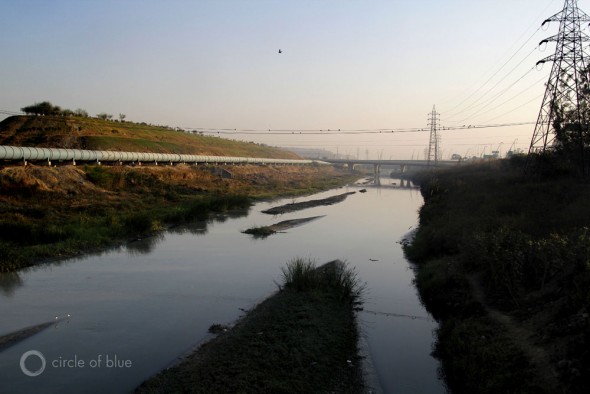
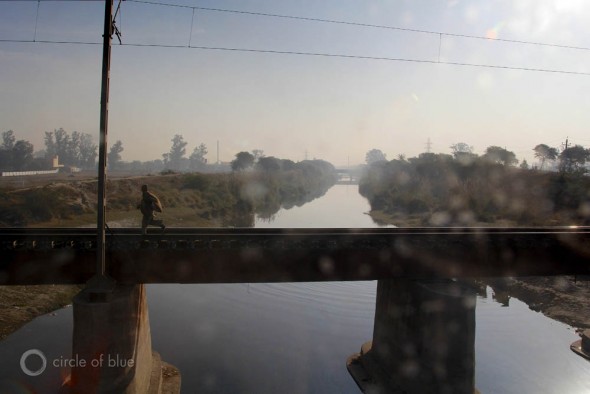
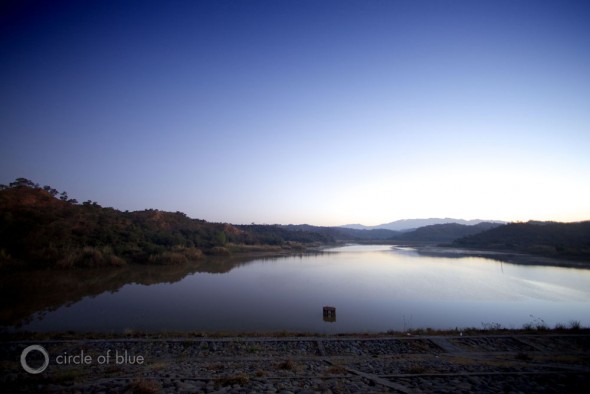
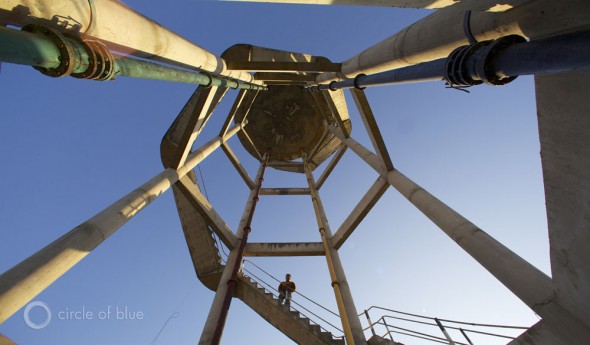
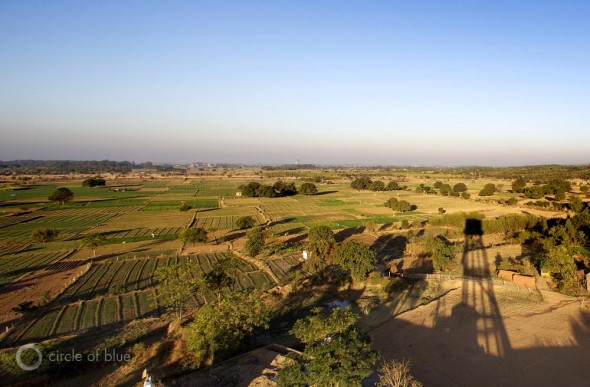
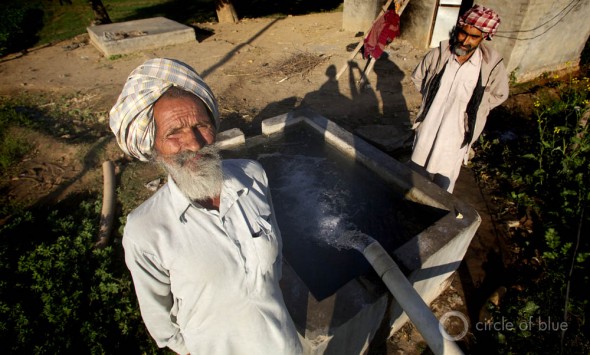
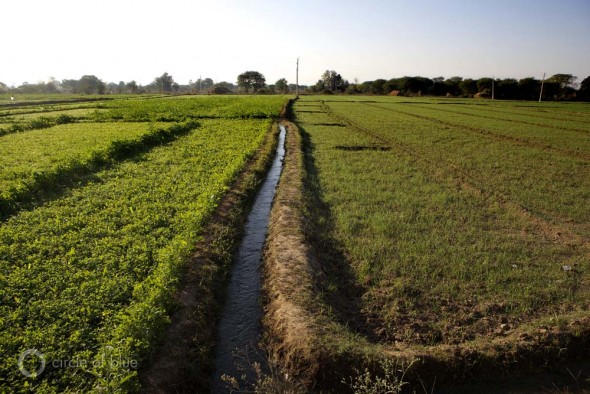
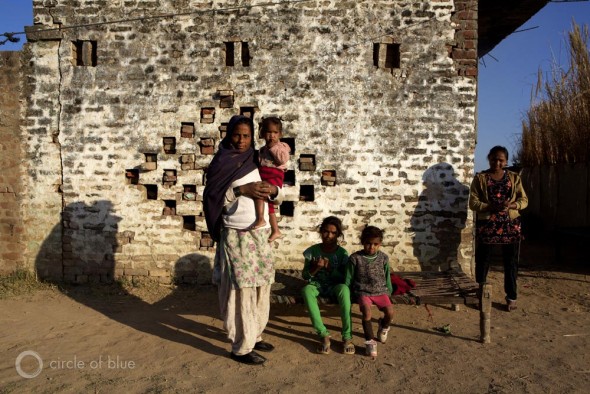
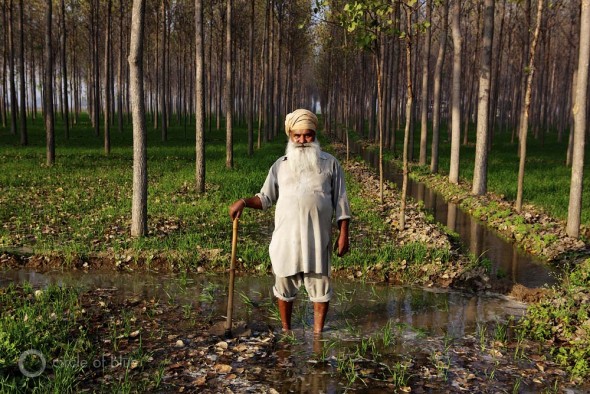
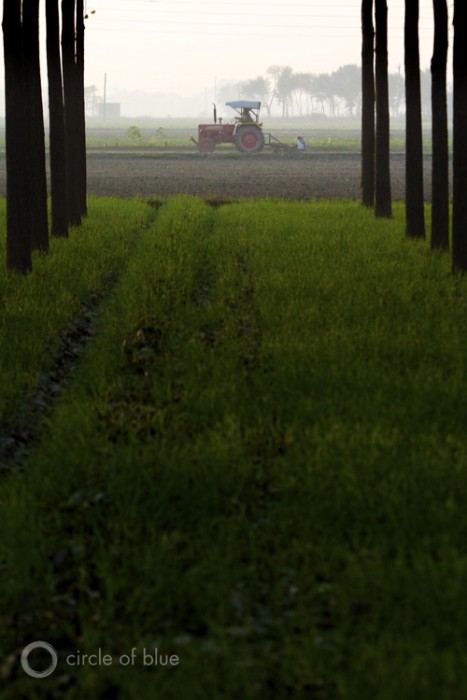
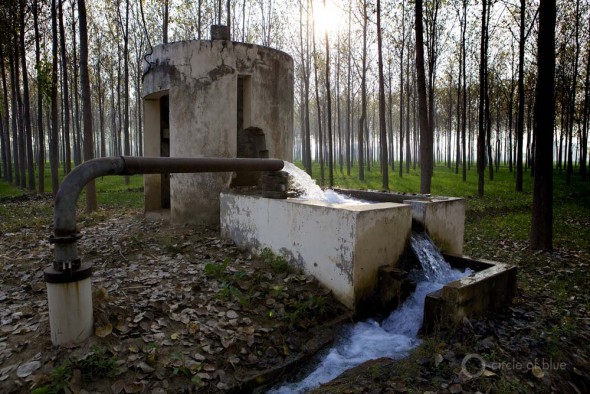

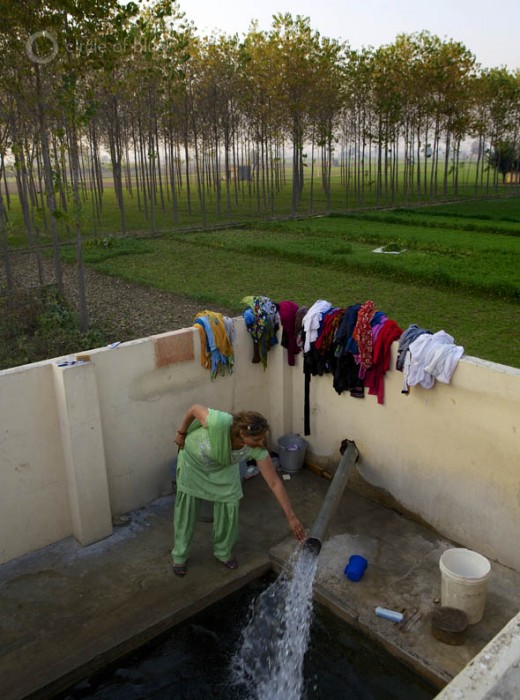

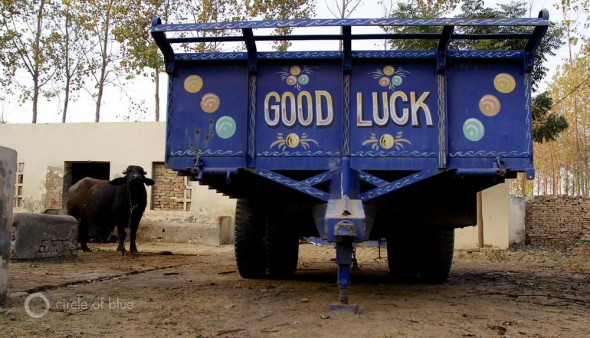


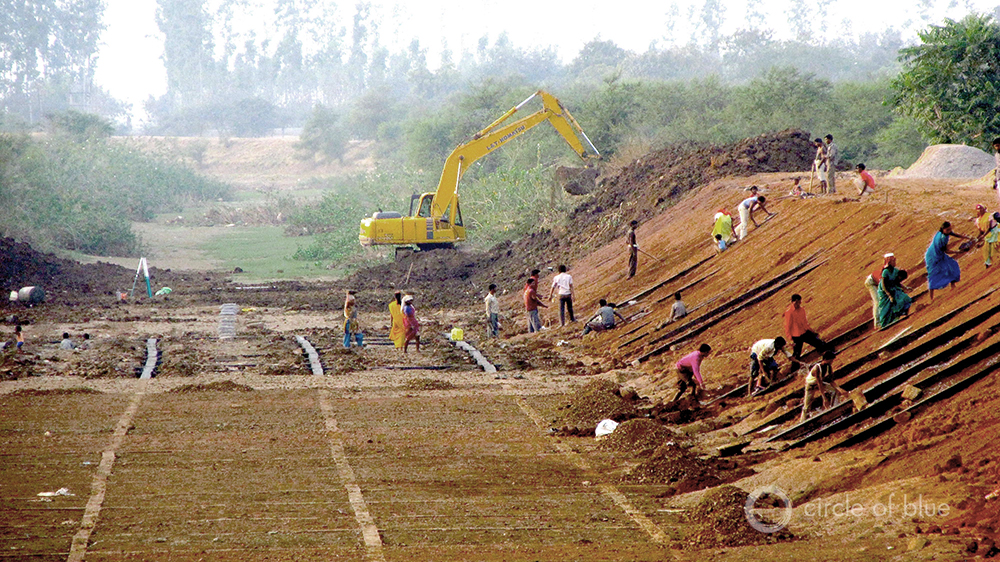
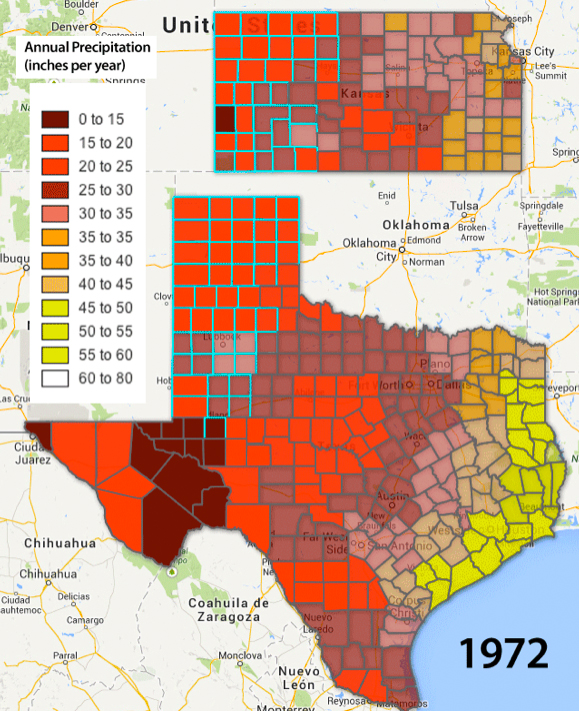
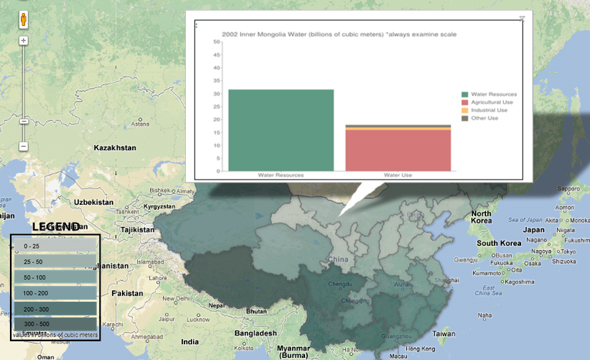

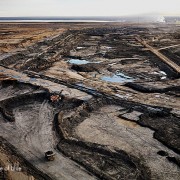




Leave a Reply
Want to join the discussion?Feel free to contribute!